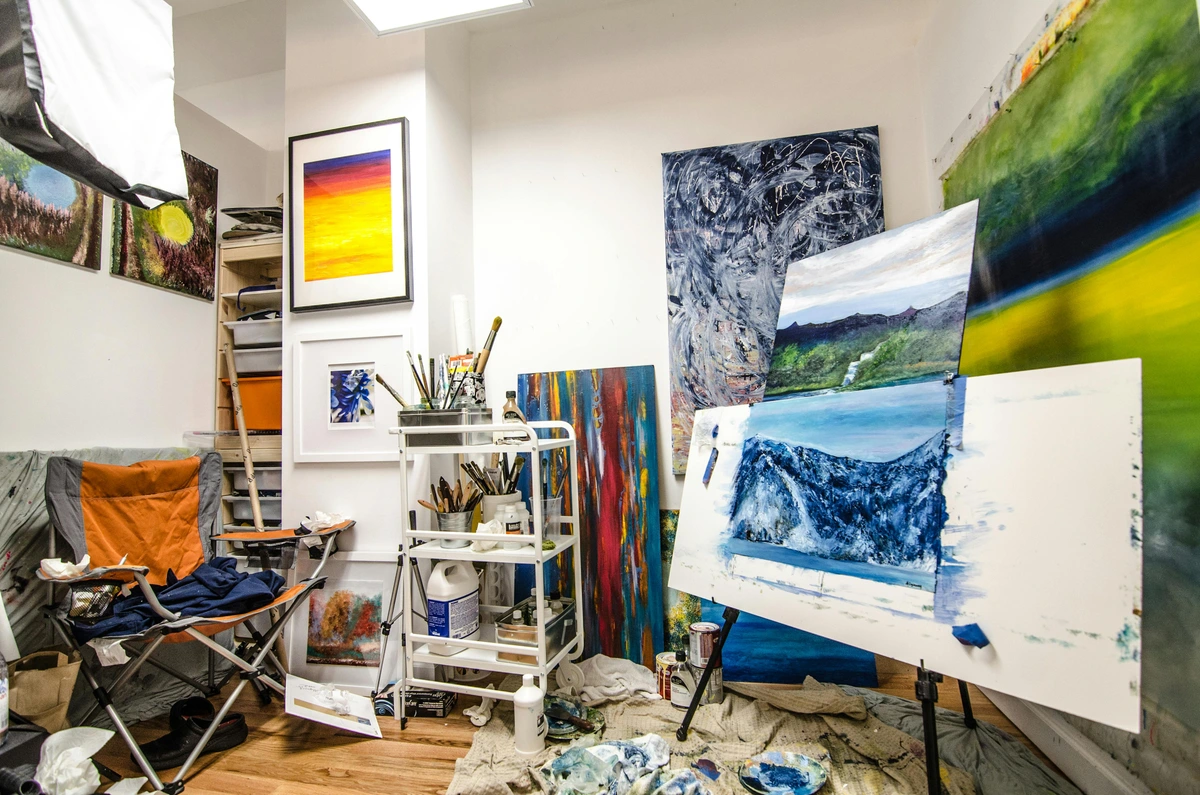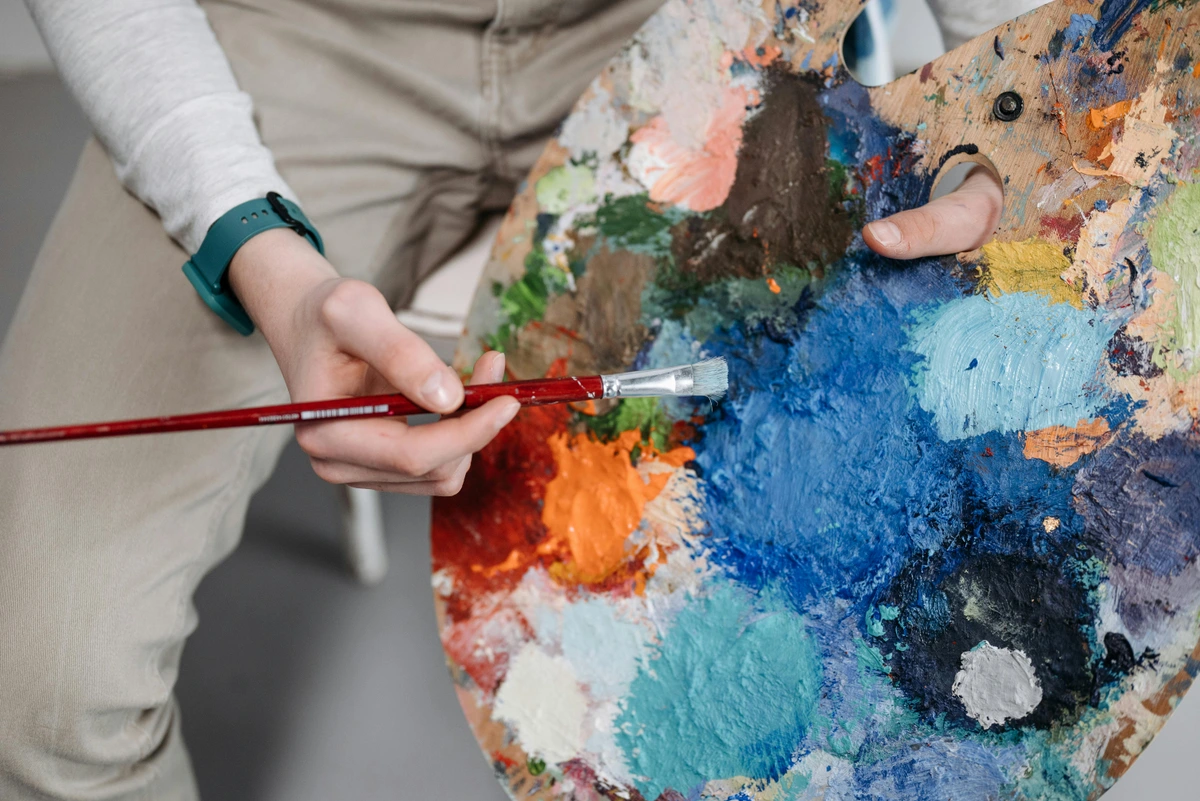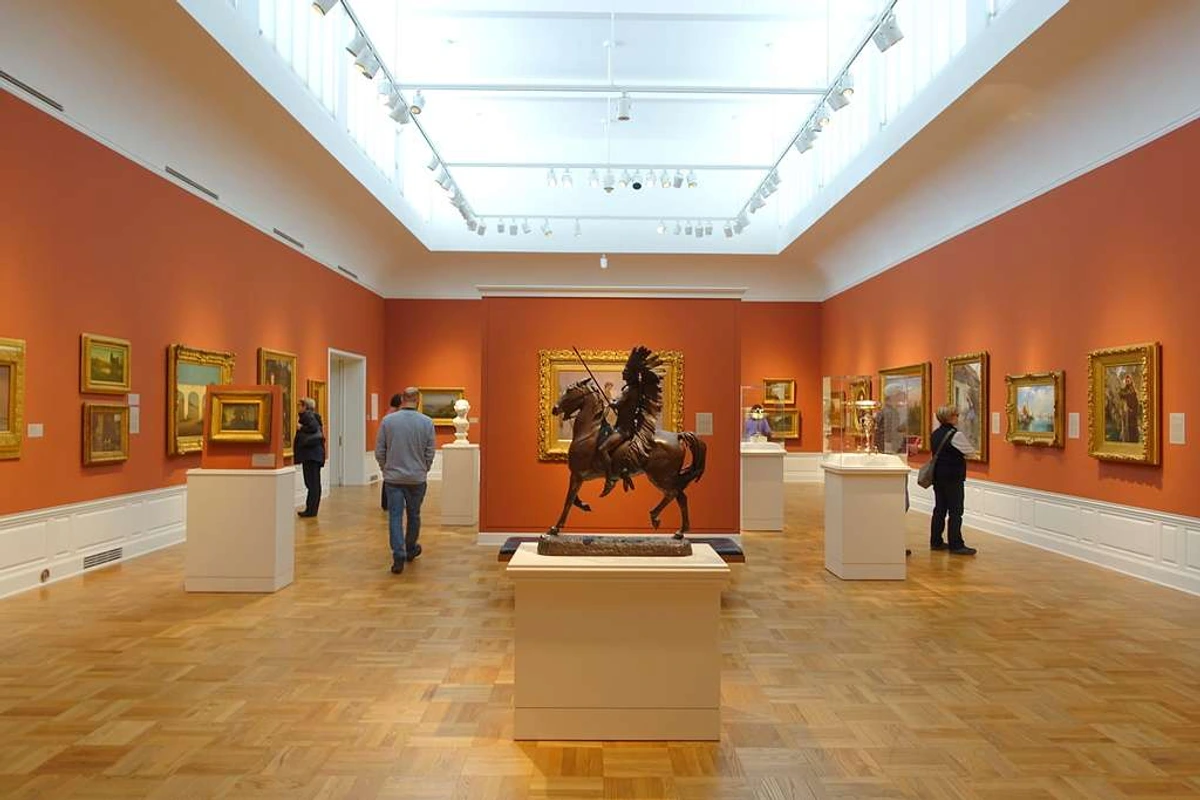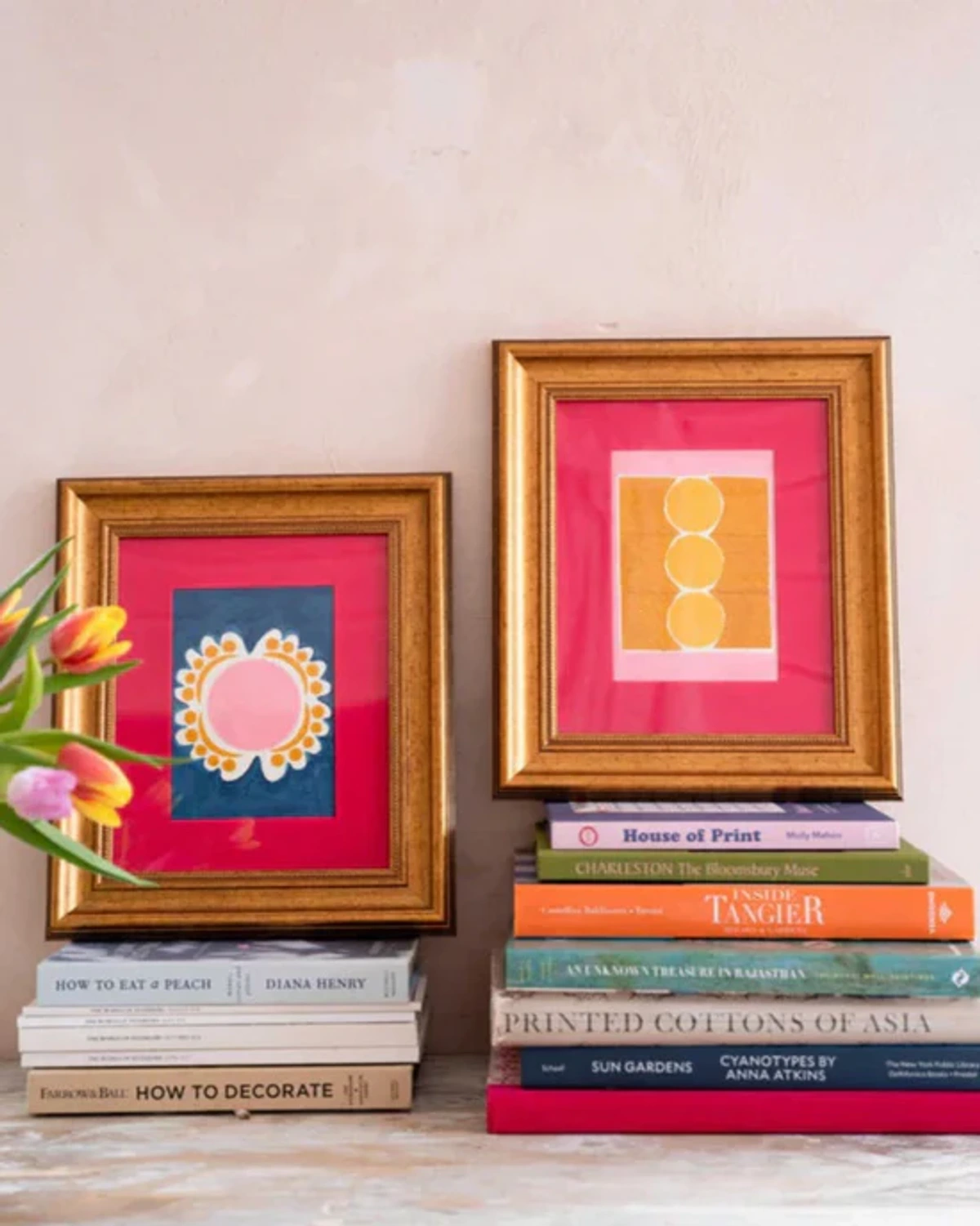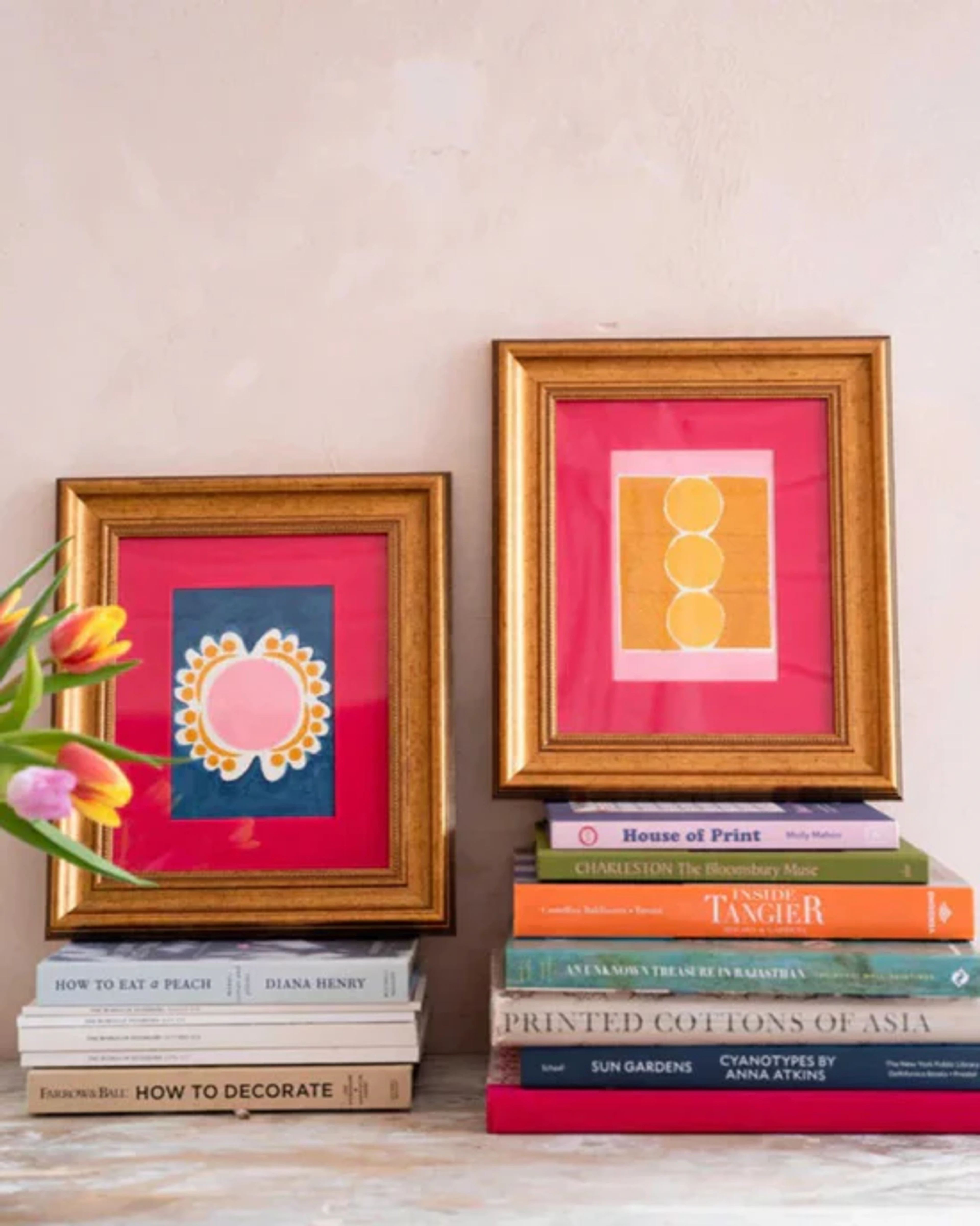
Where to Find Affordable Original Art Online Without Sacrificing Quality
Discover the best places online to buy affordable original art. Tips on finding quality paintings, prints, and works by emerging artists without breaking the bank.
Where to Find Affordable Original Art Online (Without Sacrificing Quality)
Decorating with original art adds unique personality and soul to your space, but the perception is often that it comes with a hefty price tag. Thankfully, the internet has opened up avenues to discover and purchase affordable original art directly from artists or curated platforms, without necessarily compromising on quality. Here’s where to look and how to buy smartly.
Best Online Sources for Affordable Original Art
Not all online art sellers are created equal. Focus on platforms and methods known for connecting buyers with genuine artists, especially emerging artists:
- Curated Online Galleries: These platforms often vet their artists and offer a wide range of styles and price points. They provide a level of quality control.
- Examples: Saatchi Art, Uprise Art, Tappan Collective, Singulart. (Note: Prices vary, use filters).
- Pros: Curated selection, search filters (price, style, medium), artist information readily available.
- Cons: Can still have higher price points than direct sales, platform commissions are included.
- Direct from Artist Websites & Social Media (Instagram): Many artists, especially emerging artists, sell directly through their own websites or Instagram profiles.
- Pros: No gallery commission (potentially lower prices), direct connection with the artist, discover unique voices.
- Cons: Requires more due diligence from the buyer, quality/professionalism varies, harder to search broadly.
- Online Marketplaces (Use Caution & Filters): Large marketplaces can be a source, but require careful vetting.
- Example: Etsy.
- Pros: Huge variety, potentially very low prices.
- Cons: Quality is highly variable (mix of original art, crafts, reproductions), need to carefully read descriptions and check seller reviews/history. Filter specifically for original paintings, drawings, or original prints.
- Original Limited Edition Prints: A fantastic way to own affordable, authentic art. These are not posters but original works (etchings, screenprints, lithographs) created by the artist in a limited run, often signed and numbered. Learn more about the differences in our Prints versus Paintings guide.
- Where to find: Many curated galleries, artist websites, and specialized print shops (e.g., Artfinder, Absolut Art, some museum shops online).
- Pros: Much lower price than unique works by the same artist, collectible, verified authenticity.
- Cons: Not a one-of-a-kind piece (though editions are limited).
- Art School Sales & Platforms: Some art schools host online sales or have platforms featuring student/recent graduate work.
- Pros: Discover raw talent at very low prices, support artists at the beginning of their journey.
- Cons: Availability is often limited/seasonal, requires finding the specific school platforms.
The Joy of Discovering Emerging Talent
Let's be honest, wading through endless online galleries can feel a bit like scrolling through social media – sometimes overwhelming, sometimes uninspiring. But then you stumble upon that piece. An artwork by someone you've never heard of, maybe a student or an artist just starting to build their presence online. And it just clicks. There's a certain thrill, isn't there, in finding a hidden gem?
Buying from emerging artists isn't just about potentially lower prices (though that's a definite perk!). It's about connecting with a fresh perspective, supporting someone's creative journey directly, and owning something truly unique before the rest of the world catches on. It feels a bit more personal, more like a discovery than just a transaction. You're not just buying decor; you're often getting a piece imbued with the raw energy and passion of someone actively honing their craft. Platforms like Instagram (#emergingartist, #contemporarypainting, #affordableart) or specialized sections on curated sites are great starting points. For more tips, see our guides on how to identify emerging artists worth collecting and how to spot and buy art from emerging artists.
Considering a Commission? Affordable Custom Art
Okay, so you've scoured the web, fallen in love with an artist's style, but maybe the perfect piece isn't available, or you need something in a specific size or colour palette. Have you considered a commission? It sounds fancy, maybe even intimidating, but commissioning affordable art directly from an emerging or mid-career artist can be surprisingly straightforward and rewarding.
Think of it as a collaboration. You get a piece tailor-made for your space and taste, and the artist gets a guaranteed sale and the chance to create something new. Here's a rough idea of the process:
- Find the Right Artist: Look for artists whose style you genuinely love and who mention they are open to commissions (check their website or Instagram bio). Many artists, including those featured on sites like this one (you can browse available works here), might be open to discussing custom projects.
- Reach Out & Discuss: Send a clear, polite email or message outlining what you're looking for – size, general style, subject matter (if any), colour preferences, and your budget range.
- The Brief & Quote: If the artist is interested and available, they'll likely discuss the brief in more detail and provide a quote and timeline. Be realistic about what's achievable within your budget.
- Contract & Payment: A simple contract outlining the scope, price, timeline, and payment terms (often 50% upfront, 50% on completion) protects both you and the artist.
- Process & Revisions: The artist will typically create the work, perhaps sharing progress photos. Agree beforehand on the number of minor revisions allowed.
- Completion & Delivery: Once approved, you pay the balance, and the artist ships your unique piece!
It requires clear communication and trust, but the result is a truly personal piece of original art. Dive deeper with our ultimate guide to commissioning a painting.
Beyond the Canvas: Other Affordable Originals
When we talk about "original art," paintings often dominate the conversation. But the art world is wonderfully diverse! Expanding your search beyond paintings can unlock fantastic, affordable original pieces in other mediums:
- Original Photography Prints: Look for limited edition photographic prints, signed and numbered by the photographer. These offer artistic vision at often more accessible prices than unique paintings. Quality varies, so check the printing process and paper type.
- Original Drawings & Works on Paper: Sketches, drawings (pencil, charcoal, ink), and watercolour studies are often significantly more affordable than an artist's major paintings but possess the same hand-of-the-artist quality. They offer an intimate glimpse into the creative process.
- Ceramics & Small Sculptures: Unique, handmade ceramics or small sculptural objects can add three-dimensional interest to your space without the hefty price tag of large installations. Look on platforms like Etsy or specialist craft sites.
- Fiber Art: Original woven wall hangings, tapestries, or embroidered pieces offer texture and warmth. Again, marketplaces and direct artist connections are key.
Exploring different mediums not only broadens your aesthetic options but also your potential for finding unique, affordable originals that speak to you.
The Story Behind the Art: Connecting with Your Purchase
Sometimes, especially when you're starting out or buying on a budget, the idea of "art investment" feels a bit… abstract. Let's be real, that $300 painting probably isn't going to fund your retirement (though stranger things have happened!). But affordable art offers a different kind of value – the value of connection.
I find that knowing a little something about the piece or the person who made it transforms it from mere decoration into something more meaningful. Did the artist paint it after a trip? Is it part of a series exploring a theme you resonate with? What inspired those colours? Reading the artist statement, following their journey on social media (some artists, like the one behind Zen Museum, even share their personal timeline), or even having a brief chat via email adds layers of appreciation.
This connection doesn't add zeros to the price tag, but it enriches the experience of living with the art. It becomes a conversation starter, a small window into another person's creativity, a piece with a story. And in a world saturated with mass-produced items, having something with a genuine human story behind it feels pretty special, doesn't it? It's part of the joy of collecting – find inspiration in researching artists before you buy and discovering what inspires art.
Identifying Quality in Affordable Art
"Affordable" shouldn't mean "poor quality." Look for these indicators:
- Originality: Is it a unique piece or a limited edition original print, not a mass-produced reproduction (poster, unsigned giclée)?
- Artist Intent & Skill: Does the work show thoughtfulness, skill in the chosen medium, and a unique perspective, even if the artist is emerging?
- Materials: Look for descriptions mentioning quality materials (e.g., archival paper, quality pigments, canvas). While not always top-tier for budget art, avoid obviously cheap materials if longevity matters.
- Transparency: Does the listing provide clear, high-resolution photos, accurate dimensions, medium details, and information about the artist?
Tips for Buying Affordable Art Online Smartly
- Use Price Filters: Most platforms allow you to set a maximum price.
- Read Descriptions Thoroughly: Check dimensions, medium, materials, and any artist statement.
- Research the Artist: Look for their website or social media. Do they have a consistent body of work? An artist statement? A CV?
- Examine Images Closely: Zoom in. Look for texture and detail. Watch videos if available.
- Check Shipping Costs: Factor this into the total price, especially for international orders.
- Understand Return Policies: Know your options if the art arrives damaged or isn't what you expected. Reputable sellers have clear policies.
- Start Small: Consider smaller works or original prints as an entry point.
Spotting Red Flags Online
While the vast majority of online art sellers are legitimate, exercising caution helps avoid disappointment. Keep an eye out for these potential red flags, especially when buying directly or from less established platforms:
- Vague descriptions: Listings lacking specific details about the medium, dimensions, materials, or whether it's an original vs. a reproduction.
- Poor quality photos: Relying on blurry, low-resolution images, or only showing the artwork from one angle can hide flaws or misrepresent the piece. Videos or detail shots are a good sign.
- Inconsistent online presence: An artist's feed or shop showing drastically different styles, quality levels, or pricing without clear explanation might indicate multiple sellers or dropshipping.
- Lack of artist information: Difficulty finding an artist's website, social media profile, or any professional history (even for emerging artists) warrants extra scrutiny.
- High-pressure sales tactics: Be wary of constant "limited time only" sales or pressure to buy immediately, especially if the prices seem too good to be true.
- Poor communication: Unresponsive sellers, unprofessional messages, or reluctance to answer specific questions about the artwork or policies.
Trust your gut. If something feels off, it's often better to move on. For more general safety tips, check our guide on buying art online safely.
Smart Display for Your Affordable Finds
So you've found the perfect affordable piece – congratulations! Now, how do you display it without spending more on the frame than the art itself? It's a common dilemma. You want it to look good, protected, but fancy custom framing can easily cost hundreds. Don't despair; there are stylish and budget-friendly ways to showcase your finds.
- Standard Size Savvy: Often, the most affordable route is buying art created in standard dimensions (like A4, A3, 8x10", 16x20"). This allows you to use readily available, off-the-shelf frames from stores like IKEA, Target, or craft suppliers.
- DIY Framing: Feeling a bit handy? Basic DIY framing kits or simply mounting a work on paper onto a backing board and using a standard frame can look great. Search for online tutorials!
- Floating Frames: For canvases, simple wooden "floating" frames (where the canvas appears to hover inside the frame) can be less expensive than traditional frames with glass and offer a clean, modern look.
- Gallery Walls: Grouping several smaller affordable pieces (like prints, drawings, or photos) together in a gallery wall creates a high-impact display. Mix and match affordable frames for an eclectic look.
- Alternative Hanging: Not everything needs a frame! Consider using stylish clips (like bulldog clips), magnetic poster hangers, or leaning smaller pieces on shelves or mantels.
Remember, the goal is to enhance the art, not overpower it. Explore more ideas in our guides on framing your artwork, displaying different types of art, and decorating your walls.
Summary: Finding Affordable Quality Art Online
Platform/Source Type | Pros | Cons | Quality Check Tips |
|---|---|---|---|
| Curated Online Galleries | Vetted artists, filters, artist info | Higher prices sometimes, commission included | Read reviews, use filters, check artist profiles. |
| Direct Artist Website/Insta | Lower prices potential, direct connection | Requires due diligence, variable quality/professionalism | Look for consistent work, statement, clear info. |
| Marketplaces (e.g., Etsy) | Huge variety, low prices potential | Highly variable quality, need careful vetting | Filter for original art, check reviews/descrips. |
| Original Ltd. Edition Prints | Affordable entry, collectible, authentic | Not unique pieces | Look for signed/numbered editions, reputable source. |
| Art School Sales | Very low prices, discover raw talent | Limited availability, harder to find | Look for quality of execution/ideas. |
| Commissions (Direct) | Custom piece, connection with artist | Requires clear communication, contract, patience | Check artist's style/previous commissions, agree terms. |
Frequently Asked Questions (FAQ)
Q1: How can I be sure the art is original and not a reproduction when buying online? A: Read the description carefully! Look for terms like "original painting," "original drawing," "limited edition print," "signed and numbered," "one-of-a-kind," or "unique work." Avoid vague terms or listings that look mass-produced. Reputable platforms and artists clearly distinguish between originals and reproductions.
Q2: What if I don't like the art once it arrives? A: Check the seller's return policy before you buy. Many online galleries and artists offer a return window (e.g., 7-14 days), though you might have to pay return shipping. Read the terms carefully.
Q3: Is affordable art still a good investment? A: Buy affordable art primarily because you love it and want to live with it. While some works by emerging artists may increase in value, it's highly speculative and shouldn't be the main motivation at lower price points. The real "return on investment" often comes from the daily joy and personality it brings to your space, and the connection you feel to the piece or artist.
Q4: How do I find art in a specific style I like within my budget? A: Use the search filters on curated platforms (style, subject, color, price). On broader platforms or social media, use relevant hashtags (e.g., #affordableabstractart, #emergingfigurativeart, #minimalistdrawing) combined with price inquiries or looking for artists who state their price range.
Q5: What's the difference between an original print and just a print/poster? A: An original print (lithograph, etching, screenprint, etc.) is an artwork conceived and created by the artist as a print, usually in a signed and numbered limited edition. It's an original work in that specific medium. A reproduction print or poster is simply a mechanical copy (often photographic or digital) of an artwork originally made in another medium (like a photo of a painting). Our guide on buying art prints explains this further.
Q6: How much should I budget for framing affordable art? A: This varies wildly! You can find decent standard-sized frames for $20-$50. DIY framing might cost slightly more for materials but save on labor. Professional custom framing for even a small piece can easily start at $100-$200 and go up significantly depending on size, materials (like UV-protective glass), and complexity. Factor potential framing costs into your overall art budget.
Conclusion
Finding affordable original art online that resonates with you and enhances your space is entirely possible with a bit of research and discernment. Explore curated platforms, connect directly with emerging artists, consider original prints and other mediums, and always prioritize transparency and quality. Don't underestimate the joy of discovery and the value of connecting with the art's story. By using the tips above, you can confidently build a collection of meaningful art without overspending. Happy hunting!
